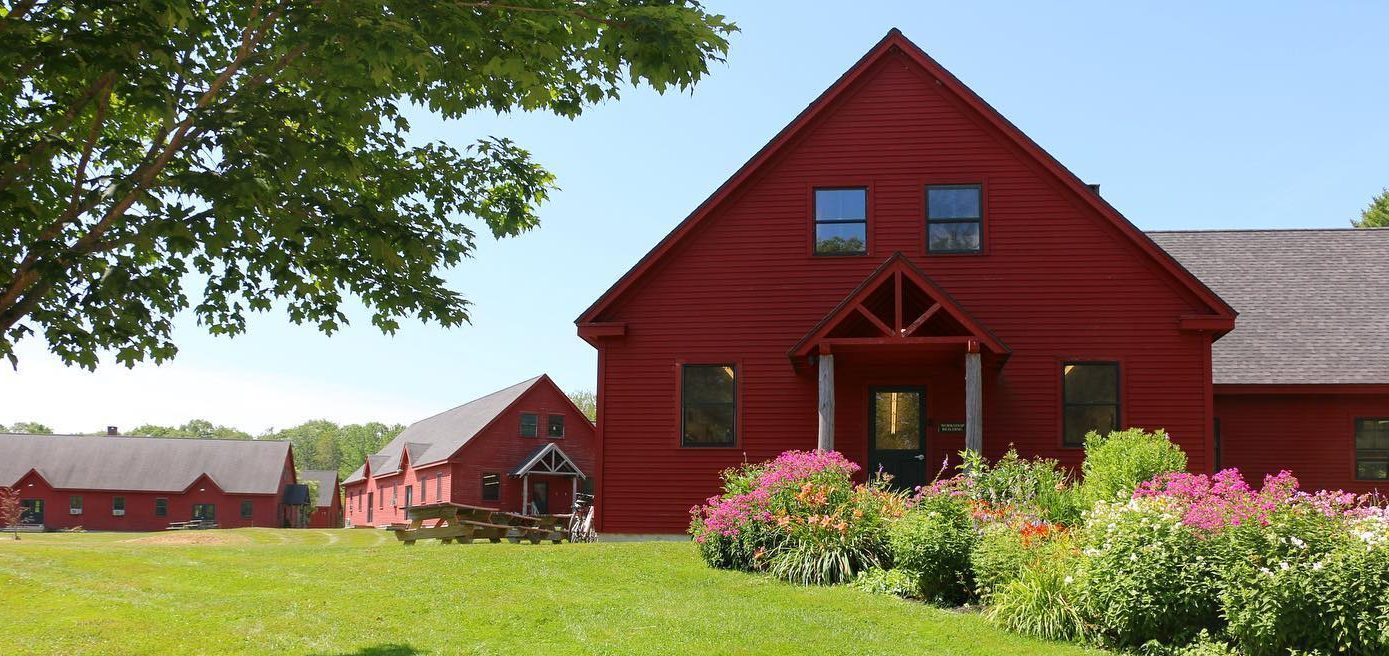The Mortise Joint: A Cornerstone of Woodworking
The mortise joint is a time-tested joinery technique. Dating back to ancient Egypt, it has provided stability and endurance in woodworking. The joint is primarily used to join two pieces of wood at a 90-degree angle. Its strength comes from the interlocking design, achieved by cutting a hole (the mortise) into one piece of wood to receive a projecting tenon from the other. Mortise and tenon joints are found in furniture, architecture, and more.
Historical Significance
The oldest known wooden structures often feature mortise and tenon joints. Archaeologists have uncovered this joint in Egyptian furniture dating back to around 2500 BC. Chinese and Japanese carpenters have long mastered this joint in traditional wooden buildings. These craftsmen relied on the mortise and tenon joint for its ability to hold structures together without modern fasteners like nails or screws. The joint’s durability meant structures could withstand the test of time.
Types of Mortise Joints
- Through Mortise
- Stub Mortise
- Stopped Mortise
- Wedged Mortise and Tenon
- Haunched Mortise and Tenon
Each type serves specific needs and offers unique benefits. The through mortise, where the tenon passes entirely through the mortise, provides maximum strength. The stub mortise, shallower than its counterparts, suits less demanding applications. The stopped mortise allows for a cleaner look by hiding the tenon. The wedged mortise and tenon offers enhanced sturdiness by using wedges to lock the tenon in place. The haunched mortise adds a shoulder for extra strength at the joint’s edge.
Applications in Woodworking
Woodworkers commonly rely on mortise and tenon joints in complex assemblies like tables, chairs, and cabinets. They provide a clean, professional appearance by eliminating visible hardware. Frame and panel construction—often used in doors—uses mortise and tenon joints to hold the frame without compromising the design. The joint also appears in timber framing, where large-scale wood structures benefit from its strength without metal fasteners.
How to Cut a Mortise Joint
Accuracy is crucial when cutting a mortise joint. Begin by marking the mortise dimensions on the wood using a pencil and square. Ensure precision, as even slight errors affect the joint’s fit. Choose the appropriate tools—mortising chisels and a router are common options. A mortising machine can increase efficiency, particularly in high-volume projects. Chisel out the waste material within the marked area to form the mortise. Check for smooth, square corners and vertical walls for optimal fit.
Cutting the tenon involves similar precision. Mark the tenon on the other piece of wood. Cut the tenon to match the mortise dimensions, aiming for a snug fit. Use a tenon saw or band saw for clean cuts. Fine-tune with a shoulder plane if necessary, achieving a perfect fit within the mortise. A good joint should fit together tightly but allow some room for wood movement.
Factors Affecting Joint Strength
- Wood Type
- Moisture Content
- Grain Direction
- Glue Selection
- Load and Stress Distribution
Dense hardwoods generally yield stronger joints than softer woods. The mortise and tenon joint resists tension and compression best when the wood’s grain runs along the tenon. Glue selection is also vital for joint reliability. Polyurethane and epoxy adhesives often serve well in high-stress scenarios. Load distribution affects how the joint resists forces; unequal stress can weaken the joint over time.
Modern Innovations
Technological advancements have brought new tools to cutting mortise joints. CNC machines provide unmatched precision, automating the process while maintaining consistency. Power tools like the domino joiner introduce modified mortise and tenon designs, speeding up the workflow. Despite these innovations, traditional hand-cut methods remain valued for their craftsmanship. Enthusiasts still favor the tactile experience and precision involved in manual mortising.
Ensuring Longevity
A well-constructed mortise joint should last decades, if not centuries. Proper maintenance and wood treatment help protect the joint over its lifespan. Regular inspections and corrections for environmental changes like humidity shifts prevent damage. Applying wax or oil coatings can shield the joint from moisture. For outdoor wood structures, consider weather-resistant finishes to combat decay.
Common Issues and Troubleshooting
Gaps between the mortise and tenon can lead to weaker joints. Ensure precise measurements and cuts to avoid these gaps. Overly tight fits risk wood splitting during assembly, so balance is key. If a joint becomes loose over time, adding wedges or adjusting the fit can restore its integrity. Understanding wood movement helps anticipate potential problems, offering solutions before they lead to joint failure.


